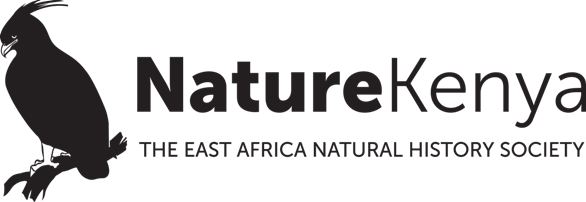By Richard Kipngeno
June 3rd, 2025, started like any other morning in Yimbo, Siaya County. At the break of dawn, fishermen pushed their boats into the calm waters of Lake Victoria, hoping for a good catch. Among them was Walter Tende Oloo, who cast his nets with the skill that came from years of experience.
But this day would be anything but ordinary.
When Tende and his fellow fishermen returned to shore around midday, they discovered something unexpected tangled in one of their nets. A large bird of prey floated motionless in the water, its wings spread wide. The poor creature appeared to have struggled to free itself before exhaustion took over, and it had nearly drowned in the process.
Tende, who has always had a soft spot for birds, carefully pulled the exhausted bird of prey from the net. As he examined the bird more closely, he noticed something extraordinary: metal rings on both its feet.
“I rescued your bird!” Tende would later tell us with a smile when we arrived at his homestead.
Word of the ringed bird spread quickly through the village. Soon, curious neighbours gathered to see this unusual find, and the story even made it into the local newspapers. The Kenya Wildlife Service was contacted, who then reached out to Nature Kenya’s Siaya office. By nightfall, the news had reached us.
The next morning, we made the journey to Yimbo, arriving to find an even larger crowd of excited villagers waiting to learn more about their unexpected feathered guest. Tende welcomed us warmly into his compound and carefully retrieved the bird from a protective bag. Sadly, the bird had died.
There it was – an Osprey with rings on both feet. On the right foot, a silver ring bore the inscription: “Museum Zool Helsinki Finland WWW.RING.AC M-81516.” The left foot carried a yellow ring marked “C6.U.”
The crowd fell silent as the significance sank in. This bird of prey had travelled all the way from Helsinki, Finland, to the shores of Lake Victoria – a journey of thousands of kilometres!
Remarkably, it wasn’t even the first time such a discovery had been made in Yimbo. Back in 2020, Tende had rescued another Osprey in the same location, also bearing rings from Finland. This pattern hints that Yimbo could be an important stopping point for these amazing migratory birds on their epic journeys between Europe and Africa.
The villagers were fascinated as we explained the incredible world of bird migration – how ospreys and other birds navigate vast distances using natural instincts, following ancient routes that have been used for thousands of years. We also discussed the importance of protecting these travellers when they pass through local areas.
After carefully documenting the specimen, we began the six-hour journey back to Nairobi with our precious cargo. The osprey was handed over to the Ornithology Section at the National Museums of Kenya, where it will be preserved and become part of the museum’s important scientific collection.
This finding highlights the incredible connections that exist in our natural world. A bird ringed by researchers in the cold waters of Finland found its way to the warm shores of Lake Victoria, linking two communities thousands of miles apart through the wonder of bird migration.
Stories like this remind us why bird ringing programs are so valuable. Each ring tells a story of survival, navigation, and the remarkable journeys that connect our planet’s ecosystems.
The next time you see a bird overhead, remember – it might just be a world traveller with stories that span continents.
